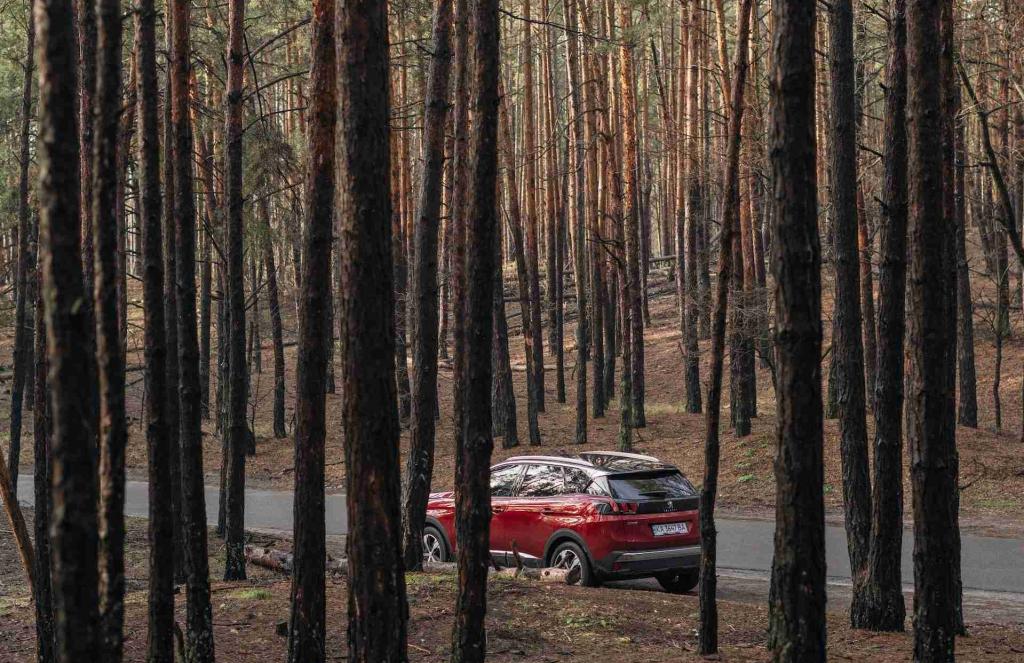Thessaloniki gets ready for its metro launch in November
The underground rapid transit lines have been under construction for almost two decades due to various project delays
 TheMayor.EU logo
TheMayor.EU logo 
Traffic accounts for 4% of Austria's GDP but for 28% of emissions , Source: Oleana Sergienko / Unsplash
The Austrian Traffic Club published recommendations about reducing waste and emissions from cars, while increasing access through ride-sharing
Recently, the Austrian Traffic Club (Verkehrsclub Österreich) a non-profit organisation dedicated to making a more ecological and equitable traffic system, published a set of recommendations designed to create a circular mobility system in the country.
The recommendations focus on amending the vehicle fleet but go far beyond advocating for more electric cars. Instead, they focus on reusing materials and designing more durable vehicles, which are easier to repair.
Another prominent point of the analysis suggests that a bigger reliance on car-sharing and ride-sharing can increase people’s access to personal motor vehicles while keeping the number of vehicles lower compared to today.
According to Statista, in 2021 the transport sector in Austria contributed around 4% to the country’s GDP and around 28% of greenhouse gas emissions. Additionally, the Austrian Federal Environment Agency claimed that in the same year, traffic in the country produced more greenhouse gas emissions per capita than the EU average.
Moreover, instead of falling, car-related emissions have been on the rise in recent decades, going up by 56% since 1990. For comparison, other polluting sectors, like construction, have reduced CO2 emissions in the same period.
This serves to reveal a gap between the productivity of the traffic sector and the costs to the environment and people’s health – high traffic levels create air pollution and noise pollution, which can have adverse health effects.
Some of the main principles behind circular economy include extending the lifespan of products through repair and reusing/recycling raw materials. Here, the Austrian Traffic Club suggest implementing the so-called “9-R Strategy”.
It involves firstly reducing the number of vehicles by increasing public transport and ride-sharing. The next step is to reduce the material and energy costs in vehicle manufacturing.
Materials that are only used for their extended service should be the ones that enter the waste stream, are used as secondary raw materials and are recycled. They should make their way to incineration plants only after they cannot be recycled further.
According to the organisation, an average car weighs around 1.5 tons with 46% of that being steel, while aluminium and plastics account for over 13% each. It also contains around 15 kilograms of copper. Yet, the production of a single car takes 70 tons of raw material on average and emits around 10 to 11 tons of CO2.
The weight of a vehicle can also have an effect on its environmental cost. Luxury cars and SUVs weigh an average of 50% more than small cars, causing an increase of around 30% in emissions, due to their demand for more energy.

The underground rapid transit lines have been under construction for almost two decades due to various project delays

Now you can get your wine in Talence by paying directly in Bitcoin

That’s because the state has to spend money on updating the railway infrastructure rather than subsidizing the cost of the popular pass

Rethinking renewable energy sources for the urban landscape

The examples, compiled by Beyond Fossil Fuels, can inform and inspire communities and entrepreneurs that still feel trepidation at the prospect of energy transition

Now you can get your wine in Talence by paying directly in Bitcoin

The 10th European Conference on Sustainable Cities and Towns (ESCT) sets the stage for stronger cooperation between the EU, national and local level to fast track Europe's transition to climate neutrality.

At least, that’s the promise made by the mayor of Paris, Anne Hidalgo

The underground rapid transit lines have been under construction for almost two decades due to various project delays

At least, that’s the promise made by the mayor of Paris, Anne Hidalgo

Hostal de Pinós is located in the geographical centre of the autonomous region

Despite its church-y name, the district has long been known as the hangout spot for the artsy crowds

Urban dwellers across the EU are having a say in making their surroundings friendlier to people and the environment.

Forests in the EU can help green the European construction industry and bolster a continent-wide push for architectural improvements.

Apply by 10 November and do your part for the transformation of European public spaces

An interview with the Mayor of a Polish city that seeks to reinvent itself

An interview with the newly elected ICLEI President and Mayor of Malmö

A conversation with the Mayor of Lisbon about the spirit and dimensions of innovation present in the Portuguese capital














